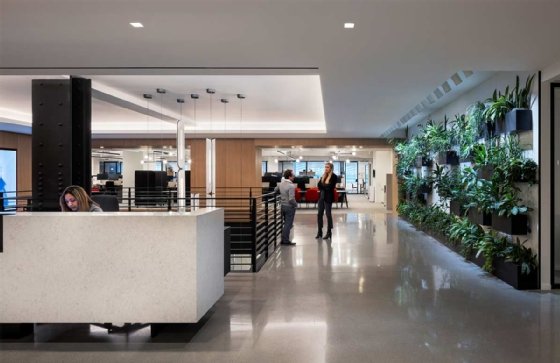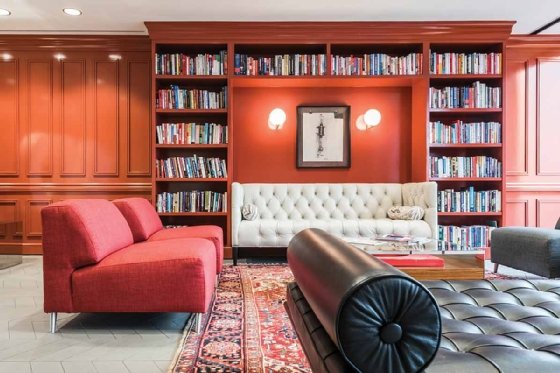Getty Images/iStockphoto
Plants, natural light in office environments boost well-being
Studies show that adding natural elements to office environments can reduce stress and boost productivity. They might also help attract workers back to the office.
Plants, windows and natural materials such as wood can affect employee well-being. Natural design elements in office environments can lower stress, increase a sense of belonging and even help with productivity, according to a growing body of research.
In these studies, researchers have found that natural light affects human health positively, including well-being, and can reduce sick days. A group of researchers at Stanford University, Dartmouth College and the California Polytechnic University reviewed existing research and recently added findings of their own.
The research results for HR may be further justification to reconsider how offices are set up. Creating a more sustainable environment was underway before the COVID-19 pandemic triggered a shift to remote and hybrid work. But now that some employers are trying to coax workers back to the office, design is getting more attention.
"The real amenity in the workplace today is people," said Sanjay Rishi, Americas CEO for JLL Work Dynamics, part of commercial real estate services firm JLL. "People come to work to interact with people."
"If you're just working from home or some other place, your sense of belonging is very limited," Rishi said. His firm manages and designs workspaces.
Office design today includes biophilic elements, or plants, that increase "connectivity to the natural environment," Rishi said. This can include skylights, walls filled with plants, fountains, ponds -- features that help workers make a connection to nature.
Natural elements within indoor spaces are increasingly important. "The majority of people living in the United States spend almost 90% of their day indoors, thus giving buildings a significant role to play on human health," the Stanford, Dartmouth and California Polytechnic researchers wrote in their study.
It found "statistically significant impacts" on well-being metrics when natural materials and light were incorporated into an office environment. The results were based on a survey of more than 400 participants responding to photographs and virtual environments.

What research says
The researchers' finding is broadly consistent with earlier research in this area. A 2018 study by Harvard University researchers found that a biophilic office environment was associated with a decrease in blood pressure based on wearable sensor data from participants. Short-term memory also improved. More recently, a 2020 study by researchers at the University of Primorska's Andrej Marusic Institute in Slovenia found that using wood instead of artificial materials may reduce human stress.
But building an office that incorporates natural elements isn't always possible.
"Many spaces were built years ago without that design aesthetic," said Brad Deutser, president and CEO of consultancy Deutser, which focuses on developing healthy work cultures.
However, offices can be designed with elements that foster a sense of belonging and are meaningful to employees, Deutser said. A pingpong table, for example, could be used to illustrate that "we get where we need to go with a back-and-forth -- a constant exchange of ideas," he said.
An office with a design element of a 50-yard line could function as a metaphor. Business managers may intentionally call for a meeting in the 50-yard line room to drive home the need for compromise or find a middle path to a problem, Deutser said. Adding a library might function as a place for "purposeful pause" and a need to be centered, he said.
"Design drives belonging, belonging drives retention, belonging drives performance," Deutser said.
Patrick Thibodeau covers HCM and ERP technologies for TechTarget Editorial. He's worked for more than two decades as an enterprise IT reporter.









